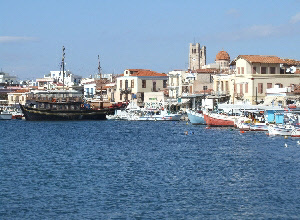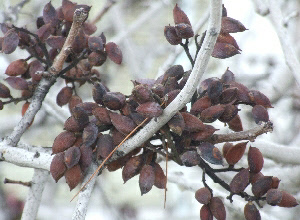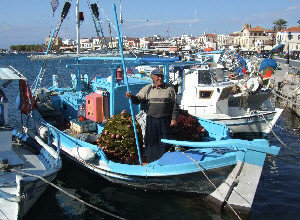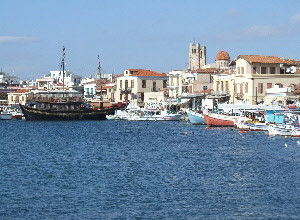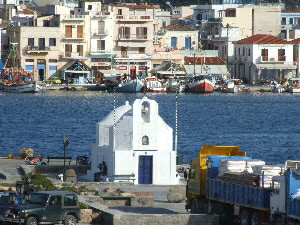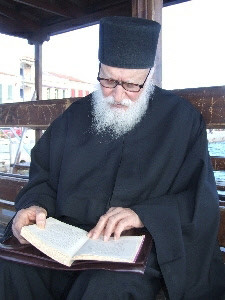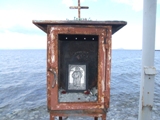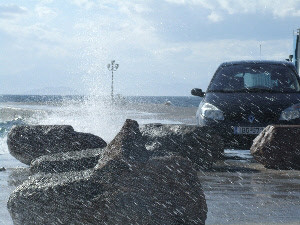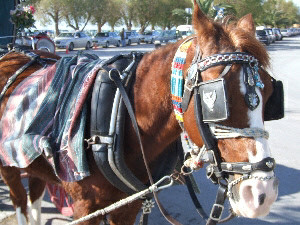“You must go to Aegina! If you are in Athens for more than a day, then you have time to go to Aegina.” This from George, a jeweller in the Athens Flea-market, who spoke good English because, he said, he had spent many years in Sydney before coming back to Athens.
“Aegina,” he explained, “is only an hour by ferry from Piraeus.” We’d heard of Piraeus – the port of Athens, and the seediest place in all Greece, said Lonely Planet. “It is named after the aegina nuts that have grown there for thousands of years and it is still the main crop – you will see lots of orchards.”
“Aegina,” he explained, “is only an hour by ferry from Piraeus.” We’d heard of Piraeus – the port of Athens, and the seediest place in all Greece, said Lonely Planet. “It is named after the aegina nuts that have grown there for thousands of years and it is still the main crop – you will see lots of orchards.”
“People now call them pistachios, but they are really aeginas and even the Romans ate them. At one time,” he continued, “Aegina was the capital of Greece.” He stopped and examined us; “You must go there.”
We took the Metro from Athens to Piraeus and it didn’t take us long to find the kiosk on the harbour front that sold tickets for the ferry to Aegina. It was about 24 euros return for both of us, and the trip did indeed only take about an hour. A pleasant enough crossing, too. Aegina is one of the Greek Islands, albeit pretty close inshore. We didn’t have a hope of getting to any of the other islands, such as Santorini, because some of them take all night on the ferry to get there. We met one of the islanders on the ferry – her parents lived on the harbour and she was attending Athens University, going home most weekends.
As you can see from the pictures below, Aegina simply glows in the sunshine. The temperatures were mild and the food in a cafe near where I took the picture of the fisherman, was simply delicious. We did enjoy excellent Greek cooking all around Athens and now we knew cooking was very much a passion throughout Greece.
Aegina harbour is a little pearl of white houses with terracotta roofs, narrow twisting lanes to explore, some nice Roman and Greek ancient sites and three beautiful churches.
The most remarkable is the tiny twin-domed church of Agios Nikolaos nestled against the harbour wall and having the most beautifully painted and decorated interior.
I saw the priest below sitting in a (bus?) shelter reading and I asked him if I could take his photo. He looked at me blankly. I pointed to my camera and then him, and he nodded once.
After I had taken the photo I told him I would give five euros to the Agios church, but he ignored me. We walked to the church and it was closed, so once we were back in Piraeus I went into the crypt of the church there and gave my euros to the elderly woman custodian. I think she understood what I said.
We walked around the harbour and explored the narrow lanes. There were tiny houses perched upon shops and little market stalls, mostly filled with gaudy trinkets waiting somewhat sadly for the tourist season to return. The souvenirs were of the outer Greek Islands and we couldn’t find a single one of Aegina itself. We walked about 4 miles from the harbour following the coast road, past an orchard of postachios, a small school, a summer playground, a few empty houses built for the season, but nothing of any consequence. Just a nice, quiet walk. We walked back to town and then around the other side of the harbour to the Theatre of Apollo, with its one tall column, but it closed at 3pm and we were just late. Never mind – a nice town, lovely atmosphere and a pretty harbour.
When all is said and done, this is still a harbour and when the wind blows, things get covered in sea and salt. You’d have thought a local would have known better than to park his car alongside the sea wall.
As we strolled around the harbour, we couldn’t help noticing that half the taxis here were of the horse and buggy type. This poor, tired horse was typical of the breed as they trotted noisily and colourfully around the small town.
